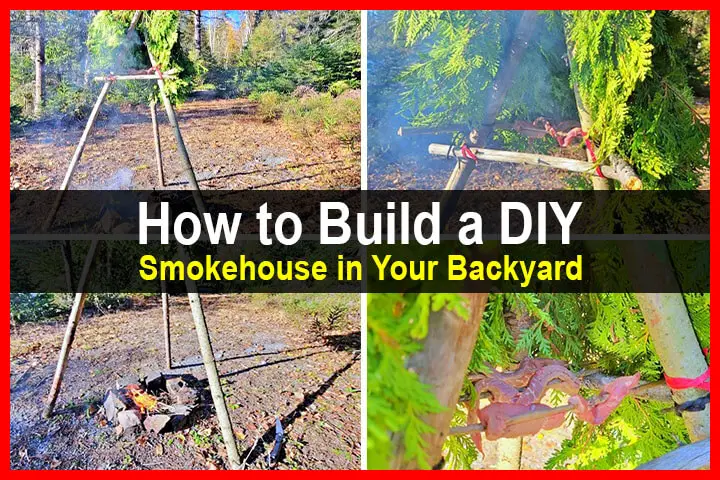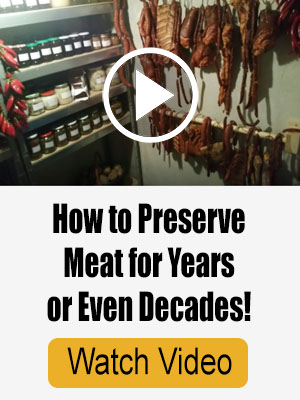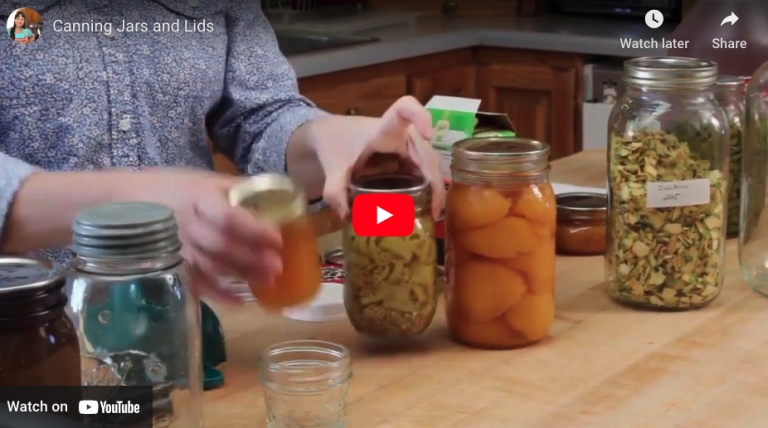Estimated reading time: 11 minutes

Ever fancy a backyard BBQ with a twist? A DIY smokehouse is a unique way to preserve your meat longer than a fridge can. Not only does it add a flavorsome edge to your cookouts, but it also offers an interesting project for food preservation. This guide will walk you through building your own and the benefits it can bring you.
Understanding How a Smokehouse Works

A smokehouse operates on the principle of cooking, flavoring, and preserving food, particularly meat, through exposure to smoke from burning or smoldering materials. The process can be broken down into two types: hot and cold smoking. This guide will focus on hot smoking.
Hot smoking, in contrast to cold smoking, cooks the meat while infusing it with smoke. This method employs temperatures of 126-176 degrees Fahrenheit. At this temperature range, not only is the meat being cooked, but the smoke also imparts a distinct aromatic flavor that enhances the meat’s taste.
The smoke produced in a smokehouse contributes significantly to passive drying of the meat. As the wood burns, it generates smoke that envelops the meat, gradually extracting the moisture content. This process creates an arid environment on the meat, which is naturally hostile to bacterial growth.
As a result, the meat can remain edible for several days, even in the absence of refrigeration. The longevity of the meat’s edibility largely depends on the residual moisture content.
Consequently, the more thorough the smoking process, the longer the meat tends to last. Be warned though, the more dry the meat the tougher it is to chew.

Of course, this DIY smokehouse isn’t as efficient as a commercial smokehouse but you can easily dry a couple of smaller steaks within a day if they are cut into small enough strips and the wind is behaving.
Building a DIY smokehouse requires some basic materials and tools. Here is a list of what you will need:

- 3 x 5-foot long poles: These will build the tripod. Small live saplings are ideal as they don’t burn easily. But dead wood works all the same as long as you keep the bottom of the tripod away from the fire.
- Spruce, balsam fir, or white cedar boughs: This will act as the “roof” of the smokehouse. Avoid using white pine boughs as they tend to hang too low and short-needled pines don’t provide enough coverage.
- Paracord, fishing line, or zip ties: If you’re feeling adventurous, you could make your own cordage out of natural grasses.
- Rocks: Roughly the size of your 2 of your fists put together, these will be used to create the fire ring underneath.
- Wood for fuel: You’ll need this to generate the smoke to dry the meat.
- Meat: Beef and fish work best. Look for lean cuts as fat does not preserve well. Chicken works but will have an odd texture.

- Knife: You’ll need this for cutting paracord and other materials.
- Saw or hatchet: These are needed for shaping the poles, supports, and rack.
What Wood Should You Use?
When it comes to smoking meat, the type of wood you use can significantly influence the flavor. Hardwoods, such as oak, hickory, or maple are often the best choice for smoking because they produce a rich, flavorful smoke that penetrates the meat.

Resinous woods like pine or spruce can leave a bitter black film on the meat, negatively affecting the taste. Furthermore, it’s important to remember that using live wood may impart an undesirable flavor so keep to the dry, seasoned wood if you can.
Step-by-Step Guide to Building a DIY Smokehouse
While the process of building a DIY smokehouse may seem straightforward, executing each step with precision and attention can greatly enhance the results.
Step 1: Choosing the Right Location
Selecting an appropriate backyard location for your smokehouse will make the process much easier. It should be on a flat surface that’s sheltered from the wind. It’s recommended not to do this on a rainy day, but a slight drizzle won’t hurt the smoking process. Additionally, the area should be protected from animals that could potentially interfere with the smoking process.
Step 2: Setting Up the Fire Ring
Make the fire ring large enough so that the tripod legs you will build will stand just outside of the fire ring. This placement facilitates efficient heat distribution while preventing a direct flame from reaching the meat.
Step 3: Lashing the Wood Poles and Supports

Lash the top of the tripod together using paracord, the best way is to weave the line through the three sticks a couple of times and then securing it all with a few rounds around the outside. Use whichever knot you feel works best but it can be done with a simple hitch.

Next, tie thumb-thick twigs in between the tripod legs using paracord. This will add support and serve as the foundation to lay the racks of meat across. For multiple rack layers, repeat the same process above or below the initial layer.

You want the racks to be about 2-2.5 feet above the fire so that the smoke doesn’t drift out the sides of the smokehouse
Step 4: Layering the Coniferous Boughs

Begin layering by sticking the first few boughs into the lashings holding the tripod together.

Continue layering on top of this initial layer, tucking the boughs into other boughs and convenient spots to create a dense canopy that will slow the rising smoke, allowing it to thoroughly interact with the meat.
Step 5: Assembling the Drying Rack

Cut your chosen meat into strips. Gather sticks long enough to span the supports you built.

Sharpen one end of each stick with a knife, then skewer the strips of meat lengthwise and place them on the supports.
Step 6: Preparing the Smokehouse for First Use

If you’re starting the fire within the smokehouse, be mindful of the flame height to avoid igniting the boughs. Another approach is to begin with a small fire in another spot until you have a bed of coals.

Transfer these coals to your fire ring and place your smoking wood on top to create a gentle, smoldering smoke. If the wood starts to burn and flare up you can spritz it with a water bottle to calm it down.
Step 7: Using the Smokehouse

If you cannot avoid the wind then protect your smokehouse from wind by stacking firewood around its base. The wood should be stalked on its end to provide the maximum height.

As you tend to the fire, regularly rotate the meat for even smoking. You’ll know the meat is done when it snaps cleanly.
Benefits of Using a DIY Smokehouse
Embracing the DIY approach when it comes to smoking your meat brings numerous advantages. Beyond the satisfaction of enjoying food you’ve processed yourself, here are four key benefits you can reap from using a DIY smokehouse:
- Cost-Effectiveness of DIY Smokehouses: Building your own smokehouse can be much more cost-effective than buying a commercial one. Since you are using natural resources for the structure, you won’t need to buy any additional materials.
- Preserves your meat: The smoking process naturally preserves the meat, increasing its shelf-life. You can easily get up to 3 days in warm temperatures, a week during the fall, and several weeks in the winter.
- Easy to use: This simple version of a smokehouse is very hands off once it’s built. You just have to make sure it doesn’t catch on fire and rotate the meat every so often.
- Taste Benefits of Homemade Smoked Food: Homemade smoked food often tastes better than commercially produced versions. Feel free to add seasoning to your meat and let the smoke add it’s own unique flavor to the final product.
It’s also a fun project to undertake with family and kids thanks to the simple design and minimal effort to build. This also applies to survival situations where you need to preserve meat without the use of electricity or the sun.
Conclusion

Constructing a DIY smokehouse can be a valuable survival skill, offering a practical and effective method for preserving meat. The process, which includes building the structure, preparing the meat, and managing the fire, is engaging and rewarding for those who try it.
This project, while beneficial for survival scenarios, also serves as an excellent backyard fixture, fostering the idea of creativity and resourcefulness.



















